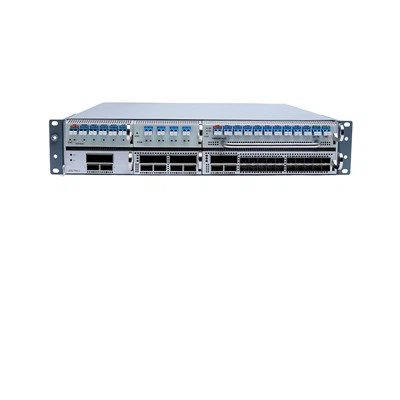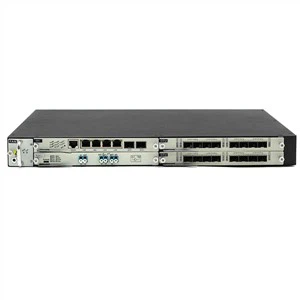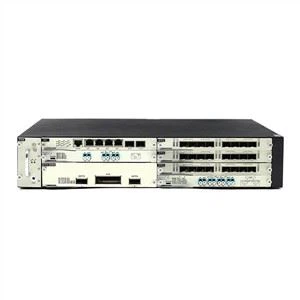WDM is a transmission technique that USES a single optical fiber to simultaneously transmit multiple optical carriers of different wavelengths in optical fiber communication. The transmission loss in the fiber varies with the wavelength of the light. In order to reduce the loss as much as possible and ensure the transmission effect, we need to find the most suitable wavelength for transmission. After a long time of exploration and testing, the light in the wavelength range of 1260nm ~ 1625nm has the lowest signal distortion and loss caused by dispersion and is most suitable for transmission in optical fiber.
The wavelength of optical fiber may be used is divided into several bands, and each band is used as an independent channel to transmit an optical signal of a predetermined wavelength. ITU-T divides the frequency band of single-mode optical fiber above 1260nm into O, E, S, C, L and U bands.

What is an O band?
The O-band is the original 1260-1360 nm band. The O band is the first wavelength band in history to be used for optical communication, with minimal signal distortion (due to dispersion).
What is an E-band?
The E band (extended wavelength: 1360-1460 nm) is the least common of these bands. The E band is mainly used as an extension of the O band, but it is rarely used, mainly because many existing cables show high attenuation at the E band and the manufacturing process is very energy intensive, so their use in optical communication is limited.
What is S band?
Optical fiber losses in S-band (short-wavelength Band: 1460-1530 nm) are lower than those in O-band, and S-band is used as many PON (passive optical network) systems.
What is a C-band?
C Band (Conventional Band) ranges from 1530 nm to 1565 nm and represents the Conventional Band. Fiber optics shows the lowest loss in C-band and has a significant advantage in long distance transmission systems. They are commonly used in many urban, long distance, ultra-long distance and undersea optical transmission systems combined with WDM using EDFA technology. C-band became more and more important as transmission distances grew. With the advent of DWDM (dense wavelength division multiplexing), which allows multiple signals to share a fiber, the use of C-band has been expanded.
What is an L band?
The L-band (long-wavelength Band: 1565-1625 nm) is the second lowest wavelength Band and is often used when The C-band is not sufficient for bandwidth needs. With the widespread availability of B-doped fiber amplifiers (EDFA), DWDM systems were extended upward to the L-band and were initially used to expand the capacity of ground-based DWDM optical networks. Now it has been introduced to submarine cable operators to do the same thing - expand the total capacity of submarine cables.
Because the transmission attenuation loss of two transmission Windows, C band and L band, is the minimum, signal light in DWDM system is usually selected in C band and L band. In addition to the O-band to the L-band, there are two other bands, namely the 850 nm band and the U band (ultra-long band: 1625-1675 nm). The 850 nm band is the main wavelength of the multimode fiber communication system, combined with the VCSEL (vertical cavity surface emitting laser). U-band is mainly used for network monitoring.
WDM technology can be divided into WDM, CWDM and DWDM according to different wavelength modes. The range of wavelength set by ITU for CWDM (ITU-T G. 694.2) is 1271 to 1611 nm, but in application, considering the relatively large attenuation of the band range of 1270 to 1470nm, the band range of 1470 to 1610nm is usually used. DWDM channels are more closely spaced, using C band (1530 nm-1565 nm) and L band (1570nm-1610nm) transmission Windows. General WDM generally adopts 1310 and 1550nm wavelength.

With the growth of FTTH application, the most commonly used C-band and L-band in optical fiber network will play more and more important roles in optical transmission system.





















